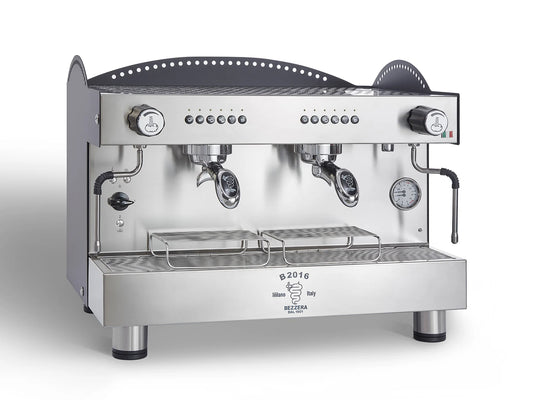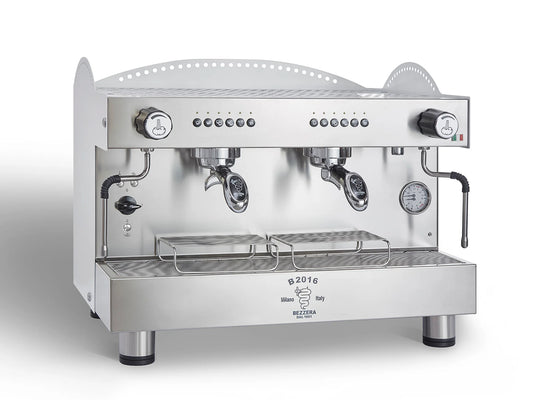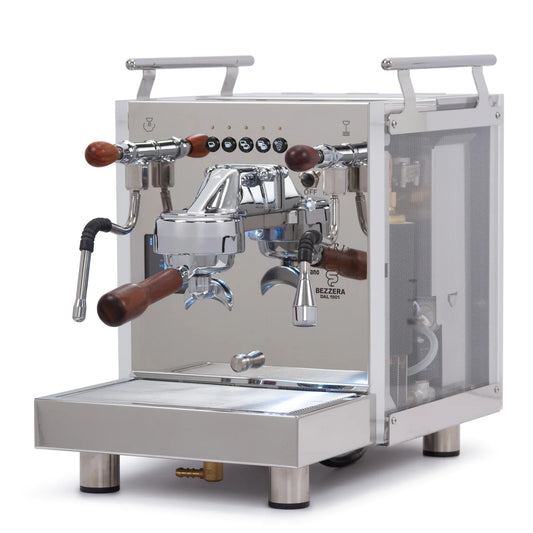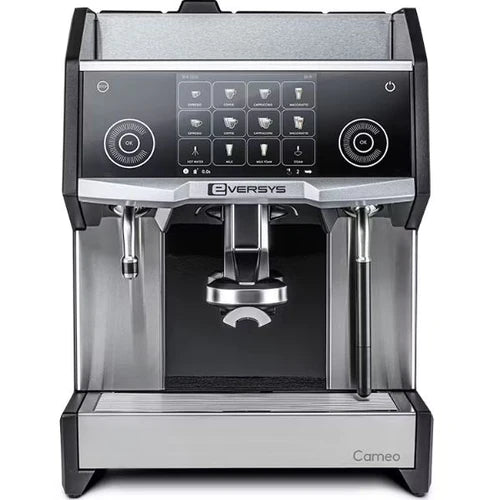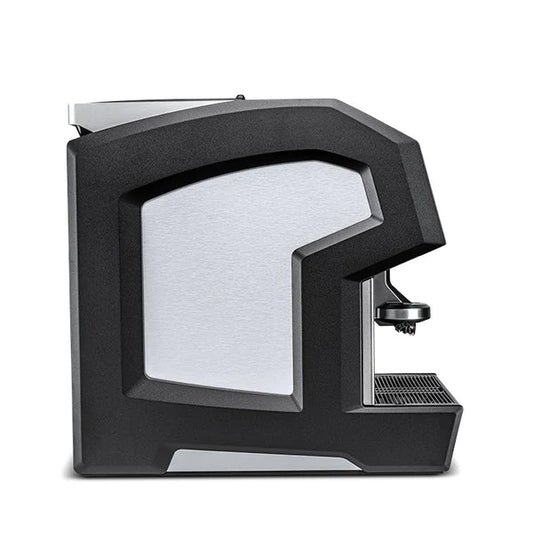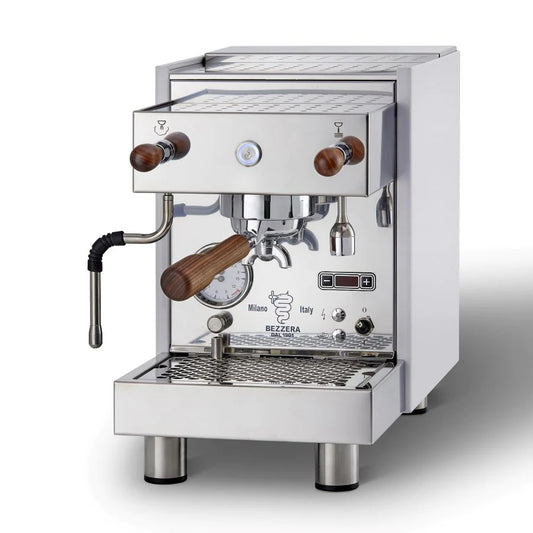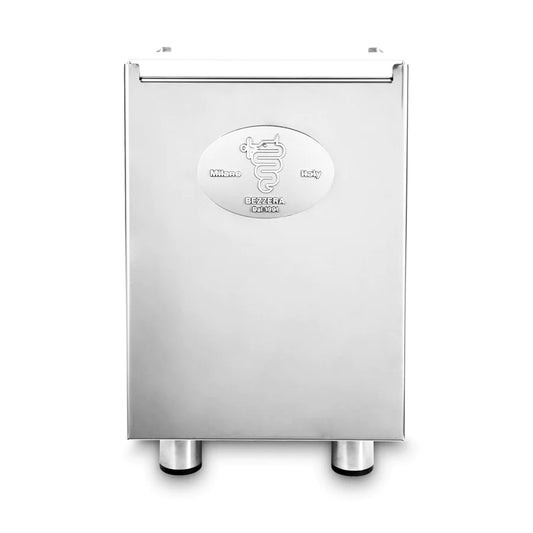The Essential Guide to Cleaning Your Keurig: Ensuring Fresh Coffee and a Lasting Machine
Table of Contents
- Key Highlights:
- Introduction
- Understanding the Importance of Regular Cleaning
- Cleaning the Exterior: The First Step
- Addressing the Drip Tray: Hidden Hazards
- The Water Reservoir: Essential Maintenance
- Pod Holder Maintenance: Clearing Out the Gunk
- Flushing the System: A Key Step in Maintenance
- Comprehensive Descaling: Keeping Your Machine Healthy
- Prolonging Your Machine's Lifespan
- FAQ
Key Highlights:
- Regular cleaning of your Keurig not only enhances coffee flavor but also prolongs the life of your machine.
- Key cleaning tasks include washing the exterior, emptying and scrubbing the drip tray, and descaling the internal components.
- A simple maintenance routine can prevent mold buildup and improve your coffee experience.
Introduction
For many coffee enthusiasts, a Keurig machine represents the epitome of convenience—just pop in a pod and brew a cup in seconds. However, behind the scenes of this speedy process, there’s a often-overlooked issue: the buildup of grime and mold. If your coffee has recently tasted off or if you’ve noticed a strange smell, the culprit may lie within your machine. Maintaining a clean Keurig is not only crucial for optimal performance, but it’s also essential for your health and enjoyment. In this article, we'll delve into a detailed cleaning guide that will restore your Keurig to its best condition and ensure every brew is a delightful experience.
Understanding the Importance of Regular Cleaning
The importance of cleaning your Keurig cannot be overstated. Beyond simple aesthetics, neglecting to sanitize your coffee maker can lead to serious implications:
- Health Risks: Mold and bacteria thrive in moist environments. Keurig machines, which regularly use water and produce heat, can become breeding grounds for pathogens that could affect your health.
- Compromised Flavor: Residues from stale coffee grounds or minerals can significantly alter the taste of your freshly brewed cup. This could lead to unwanted flavors creeping into your coffee, making it taste stale or moldy.
- Preventing Mechanical Issues: Mineral build-up can clog machines, leading to malfunctioning parts and potentially costly repairs or replacements.
Developing a straightforward cleaning routine will not only improve your immediate coffee experience, but it will also extend the lifespan of your Keurig.
Cleaning the Exterior: The First Step
Start each cleaning session by addressing the exterior of your Keurig. The outer surface collects dust and spills that can impact both its functionality and appearance.
Daily Wipe Down
- Unplug First: Before you begin, ensure that the machine is turned off and unplugged to avoid any electrical hazards.
- Damp Cloth Method: Use a damp cloth to gently wipe down all outer surfaces, paying special attention to areas near the coffee dispenser where spills tend to occur.
- Cleaning Solution: If necessary, you can add a mild dish soap to your damp cloth, ensuring that you dry the surface thoroughly afterward.
Establishing a daily routine to clean the exterior can make a significant difference in maintaining both cleanliness and functionality.
Addressing the Drip Tray: Hidden Hazards
The drip tray is another area prone to grime accumulation, often unnoticed until it becomes a source of foul odors.
Thorough Cleaning Process
- Remove and Rinse: Remove the drip tray from the machine and rinse it under warm water. Make sure to remove any coffee drips or stains.
- Soap Scrub: For tougher stains, a gentle scrub with a sponge and dish soap should suffice.
- Frequent Cleaning: Regular cleaning of the drip tray should occur daily to prevent buildup of coffee residues that can lead to unwanted smells.
Maintaining a pristine drip tray will help ensure that every cup brewed is as fresh as possible.
The Water Reservoir: Essential Maintenance
Cleaning the water tank is crucial for the operational integrity of your Keurig.
Cleaning Instructions
- Frequent Hand Cleaning: Similar to the drip tray, the water tank should undergo routine cleaning. Remove the water filter, if applicable, before cleaning.
- Dishwasher Safe: Depending on your specific model, some water tanks can be placed in the dishwasher for a deep clean. Always check the manufacturer’s instructions.
- Scrub and Rinse: Use warm, soapy water and a sponge to scrub the interior if hand washing is preferred.
Establishing a weekly routine to wash the water tank will prevent stagnant water, which can breed bacteria.
Pod Holder Maintenance: Clearing Out the Gunk
One of the dirtiest parts of your Keurig will likely be the pod holder. Coffee grounds and oils accumulate here, affecting both the taste and the cleaning efficiency.
Deep Cleaning Technique
- Disassemble: Remove the pod holder and separate its components for thorough cleaning.
- Rinse and Scrub: Rinse under warm water and use a damp cloth to scrub away stubborn debris.
- Cleaning the Exit Needle: Use a paper clip or similar tool to clear any coffee grounds lodged in the exit needle, but take care as the needle is sharp.
Cleaning the pod holder should be performed weekly to maintain optimal brewing conditions.
Flushing the System: A Key Step in Maintenance
To maintain a clean interior, flushing the brewing system is essential.
Flushing Process
- Water-Only Brew Cycle: Run a brew cycle with only water in the reservoir. This helps remove any leftover grounds or flavors from previous brews.
- Regular Descaling: Every three months, or if you notice any slow brewing, consider descaling. You can use a descaling solution from Keurig or a mixture of vinegar and water. This process eliminates mineral deposits that can affect the machine's performance.
This step is crucial for the long-term maintenance of your Keurig, ensuring it brews at the correct temperature and operates efficiently.
Comprehensive Descaling: Keeping Your Machine Healthy
Descaling is an often overlooked yet significant maintenance task that can help prolong the life of your Keurig.
Step-by-Step Descaling
- Read Manufacturer Guidelines: Always refer to the specific instructions for your model regarding the descaling process.
- Prepare Solution: Mix the descaling solution (or vinegar) with water as per the guidelines.
- Begin Descaling: With the mixture in the water reservoir, run brewing cycles without a pod, until the reservoir is empty.
- Rinse Thoroughly: After descaling, run several water-only cycles to eliminate any lingering solutions.
This prevents the accumulation of mineral deposits and keeps the internal systems of your machine running smoothly.
Prolonging Your Machine's Lifespan
In addition to regular cleaning, a few simple actions can help you get the most out of your Keurig.
Additional Tips
- Use Filtered Water: Using filtered water can help reduce mineral deposits.
- Store Properly: If you’re not using your Keurig for an extended period, empty the water reservoir and unplug it.
- Regular Checks: Periodically inspect your machine for any signs of wear and tear, including frayed cords or damaged components.
Taking these additional steps can create a better coffee experience and extend the life of your brewer significantly.
FAQ
How often should I clean my Keurig?
Daily cleaning tasks like wiping down the exterior and washing the drip tray and water tank are recommended, while deeper cleaning tasks like descaling should be done every three months.
What is the best way to descale my Keurig?
You can use a commercial descaling solution or a mixture of equal parts vinegar and water. Always refer to the official guidelines for your specific model.
How can I tell if my Keurig needs cleaning?
Signs that your Keurig needs cleaning include off-tasting coffee, slow brewing, or any visible grime or mold in any components.
Is it safe to use vinegar in my Keurig?
Yes, vinegar is a safe and effective cleaning agent for descaling. However, be sure to run several water-only cycles afterward to rinse away any residual vinegar taste.
Can I put all parts of my Keurig in the dishwasher?
Not all components are dishwasher safe. Always refer to your specific model’s manual to verify which parts can safely be washed in a dishwasher.
Maintaining your Keurig isn’t just about convenience; it’s about ensuring every cup you brew is the best it can be. A little bit of regular care will go a long way in enhancing your coffee experience and prolonging the life of your brewer. With these tips, you’ll never have to compromise on your favorite morning ritual.

